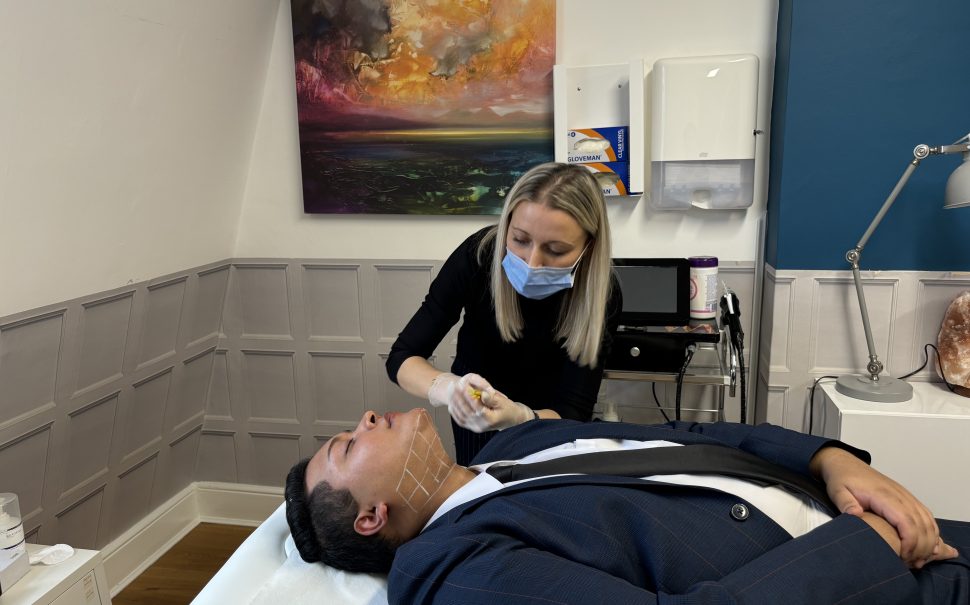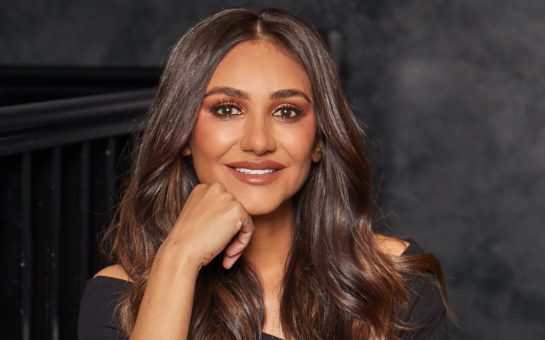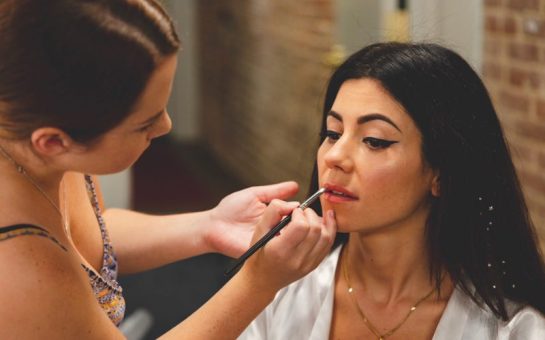Google search trends offer a revealing glimpse into public interest in cosmetic procedures, reflecting evolving beauty ideals and consumer preferences.
The below graph represents the four most-searched cosmetic procedures in the UK over the last five years, with fillers the overwhelming winner.
Kylie Jenner, the youngest of the Kardashian-Jenner clan, with currently over 400 million followers on Instagram, played a pivotal role in popularizing lip fillers, sparking a global trend that reshaped beauty standards.
The phenomenon began in 2014 when Jenner debuted noticeably fuller lips, sparking intense speculation about her sudden transformation.
Initially, she attributed her plumper pout to clever makeup techniques, but as curiosity peaked, Jenner eventually disclosed her use of lip fillers in 2015, during an episode of “Keeping Up with the Kardashians.”
This revelation marked a watershed moment, propelling lip fillers into the limelight and catalysing a seismic shift in beauty ideals worldwide.
London-based Aesthetics Practitioner Roxana Whyte provided insights into the popularity of certain treatments.
According to Whyte, lip filler continues to be one of the most sought-after treatments, which she attributed to celebrities like Jenner normalizing such procedures.
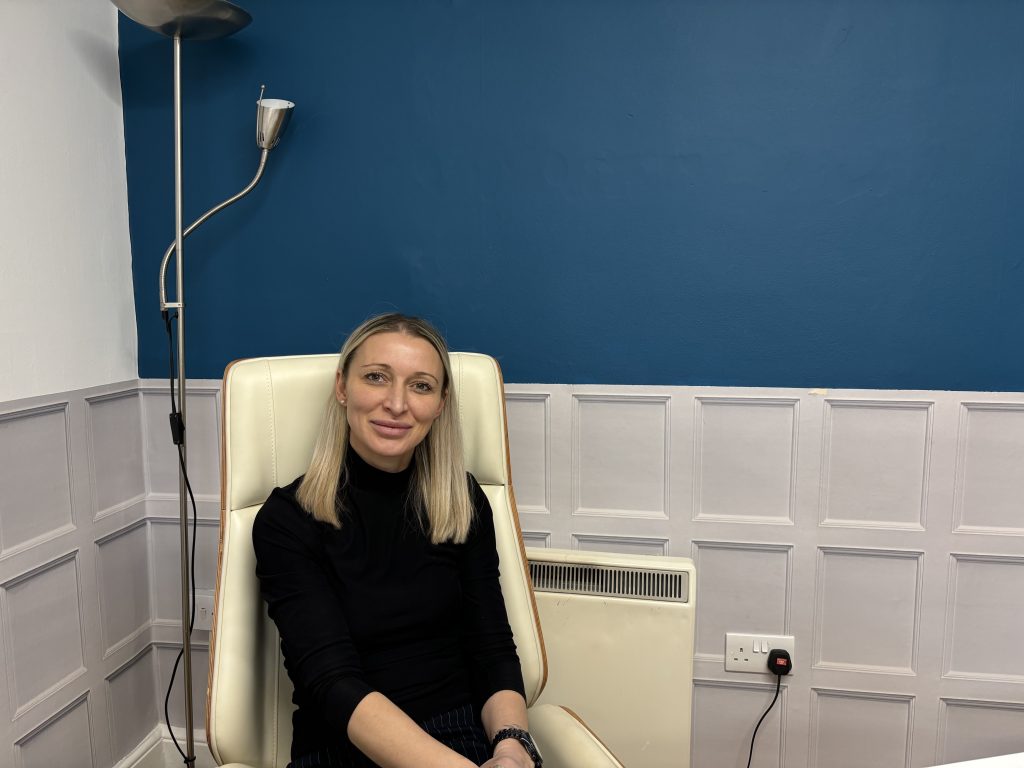
Lip fillers became more socially acceptable and sought-after, particularly among younger demographics.
The “Kylie Jenner Effect” not only propelled the popularity of lip fillers but also contributed to a broader conversation about beauty ideals and the role of cosmetic enhancements in self-expression.
Whyte expanded on the appeal of fillers among her clientele, highlighting their popularity given that they offer short-term treatment benefits with minimal associated risks.
Whyte noted that, when administered correctly, fillers can significantly enhance facial features.
She explained that non-surgical options are increasingly preferred for their affordability and reversibility, serving as a safer alternative to surgical procedures.
Their non-permanent nature means that any undesired effects can be reversed or adjusted as needed, providing a sense of flexibility and control for patients.
Furthermore, non-surgical procedures often entail shorter recovery times.
Whyte explained: “People want to look like their favourite celebrities without having to break the bank and temporary solutions such as fillers offer them the chance to have the best of both worlds.”
Another clear trend indicated in the graph was the sharp decline in searches across all terms at the onset of the COVID-19 pandemic in 2020.
With widespread lockdowns and economic uncertainty, many individuals prioritised essential needs over cosmetic enhancements.
The closure of non-essential businesses, including cosmetic clinics, further contributed to the decrease in demand.
Moreover, health concerns and restrictions on social interactions dissuaded people from pursuing elective procedures.
Additionally, the financial strain caused by the pandemic prompted individuals to reevaluate discretionary spending, including on cosmetic procedures.
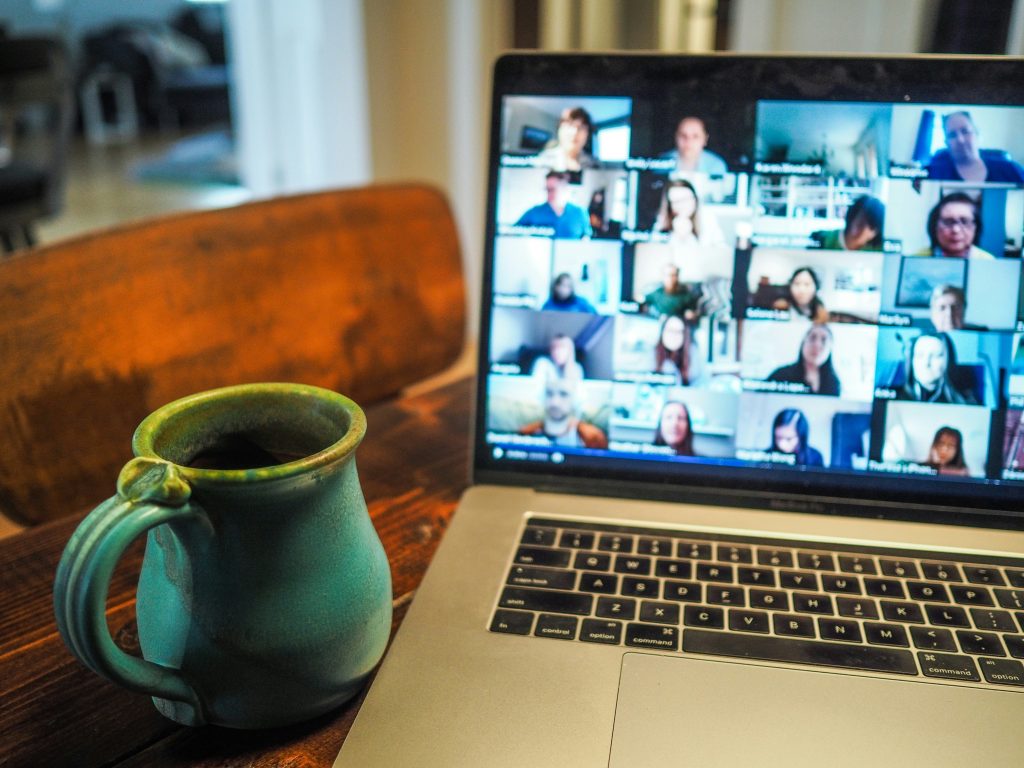
As individuals found themselves spending more time on camera for work meetings and virtual social interactions, concerns regarding facial appearance became more pronounced.
This phenomenon, often referred to as the “Zoom effect,” triggered a surge in demand for procedures aimed at addressing facial imperfections such as wrinkles, under-eye bags, and double chins.
According to a survey by the British Association of Aesthetic Plastic Surgeons (BAAPS), 70% of surgeons reported an increase in virtual consultations, attributing it to the “Zoom effect” and desire for facial enhancements.
Clinics experienced a notable increase in inquiries for treatments like Botox, fillers, and nonsurgical facial rejuvenation.
As the world gradually adapted to the new normal and vaccination efforts progressed, interest in aesthetic procedures began to rebound.
The temporary decline induced by the pandemic underscored the profound influence of external factors on consumer behavior within the aesthetics industry.
Despite fluctuations in search trends, certain treatments like lip fillers maintained their enduring popularity, driven by factors such as affordability and celebrity endorsement.
Interest in breast augmentation has shown consistency over the last five years in the UK, as indicated by data from the BAAPS.
Despite fluctuations in other cosmetic procedures, breast augmentation remains a popular choice.
BAAPS reports over this period indicate that breast augmentation procedures have consistently accounted for approximately 20% of all surgical cosmetic interventions performed by BAAPS-certified surgeons.
This is reflected in the steady interest in breast augmentation according to the above graph. Factors contributing to this steady interest include advancements in surgical techniques and increased societal acceptance.
In conclusion, Google search trends serve as invaluable indicators of the evolving landscape of cosmetic procedures, offering insights into societal shifts and celebrity influences.
While the COVID-19 pandemic temporarily disrupted this trend, the enduring popularity of certain treatments underscores the resilience of consumer preferences in the face of external challenges.
